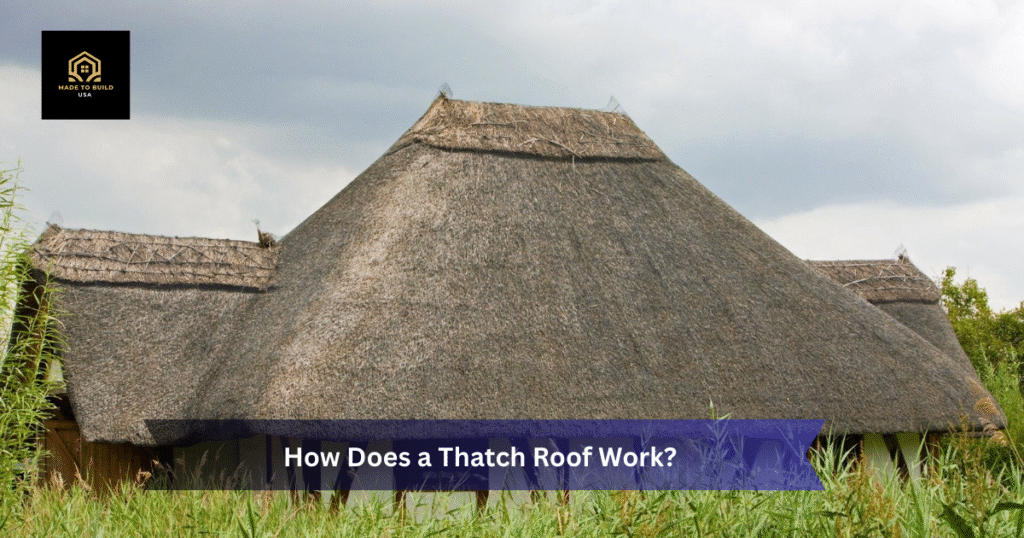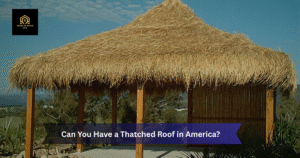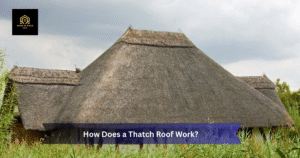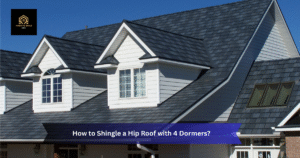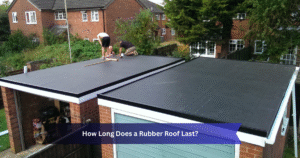When you picture a thatch roof, you probably imagine a cozy English cottage or a tropical beach hut. It has that storybook charm, right? But here’s the real question—how can a roof made of straw or reeds actually protect a home from rain, heat, and wind? Surprisingly, it works better than most people think. Let me break it down for you in simple terms.
What Exactly Is a Thatch Roof?
A thatch roof is made by bundling natural materials—like straw, water reed, or palm leaves—and layering them tightly on a sloped roof. Unlike asphalt shingles or metal roofing, which act as solid barriers, thatch works because of its thickness and the way it’s stacked.
Think of it like nature version of insulation and waterproofing, all rolled into one.
How Does It Keep Out Rain?
Here’s the clever part:
- Steep slope – A thatch roof is built at a sharp angle (usually around 45–50 degrees), which makes rainwater slide right off instead of soaking in.
- Dense layers – Each bundle of straw or reed is packed so tightly that water can’t seep through the whole thickness.
- Built-in thickness – Most thatch roofs are about a foot thick, which gives them a natural barrier against leaks.
So, it’s not about stopping every single drop—it’s about letting water run off quickly before it gets a chance to sneak inside.
Natural Insulation (Cool in Summer, Warm in Winter)
One of my favorite things about thatch roofs is how comfortable they make a home.
- In winter, they trap warmth inside, so you don’t lose heat as quickly.
- In summer, they work like a natural shield, slowing down the heat from getting indoors.
Basically, it’s an eco-friendly way of regulating temperature—long before we had air conditioning or advanced insulation.
How Long Does a Thatch Roof Last?
You might assume a roof made from plants would wear out quickly. Not true—when it’s maintained, thatch can last decades.
- Water reed can last 20–30 years.
- Straw thatch usually lasts 15–20 years.
- The ridge (top part) needs replacing every 10–15 years.
Of course, it does require some upkeep—like brushing off moss, patching thin spots, and keeping it dry. But with care, it’s surprisingly durable.
But What about Fire Risks?
Yes, fire is a concern people bring up often. But modern thatch roofs are usually treated with fire-retardant sprays and have protective barriers beneath. Some even use spark arrestors on chimneys. These upgrades make thatch far safer than most people imagine.
Why People Still Choose Thatch Today?
In many parts of the world, thatch isn’t just about tradition—it’s a lifestyle choice. Here’s why:
- It’s eco-friendly since it uses natural, renewable materials.
- It adds that storybook charm you can’t get with asphalt shingles.
- It’s energy-efficient, helping cut heating and cooling costs.
So, even though you won’t see many thatched roofs in U.S. suburbs, they’re still admired for their beauty and practicality.
Final Thoughts
So, how does a thatch roof work? In the simplest way possible—it uses layers of natural materials, smart design, and a steep slope to shed rain and insulate a home. For centuries, people have trusted this roofing method, and it still holds up today.
It’s proof that sometimes, the old ways really are the smartest.
Also read our latest Blog Post:
